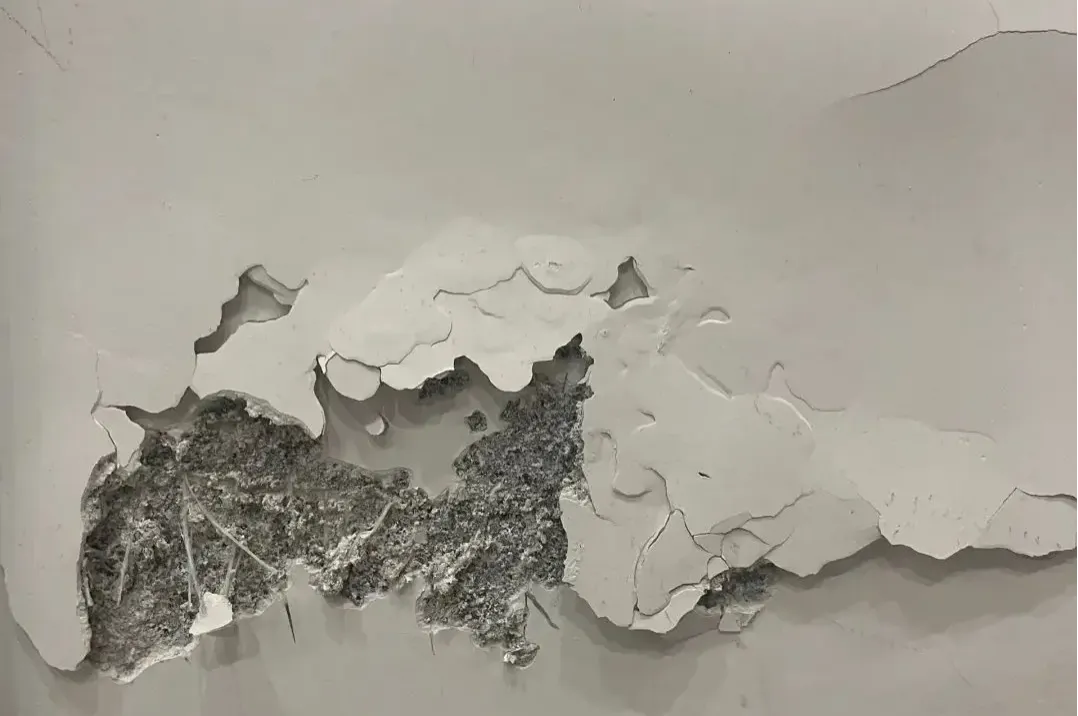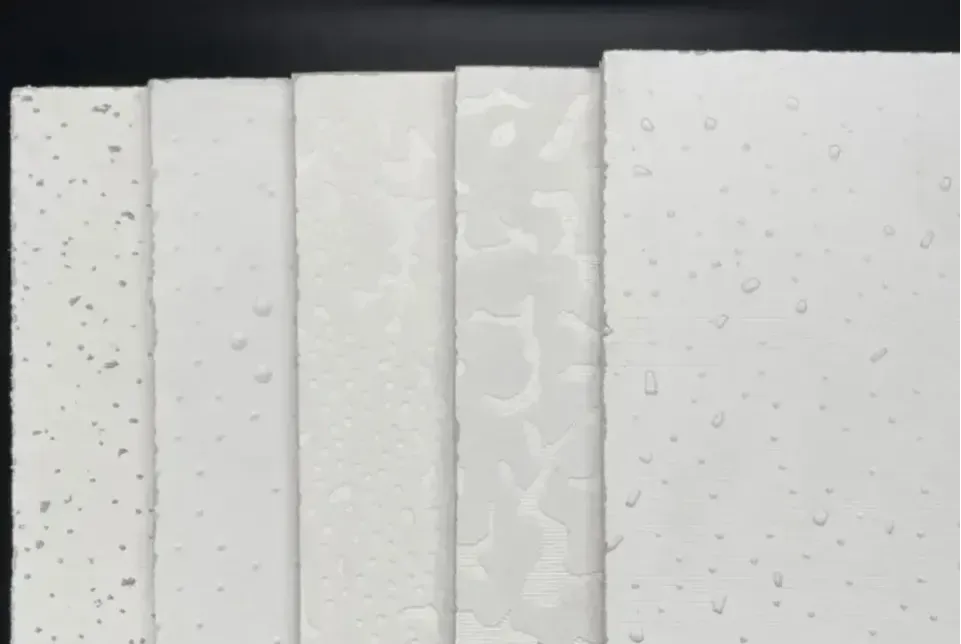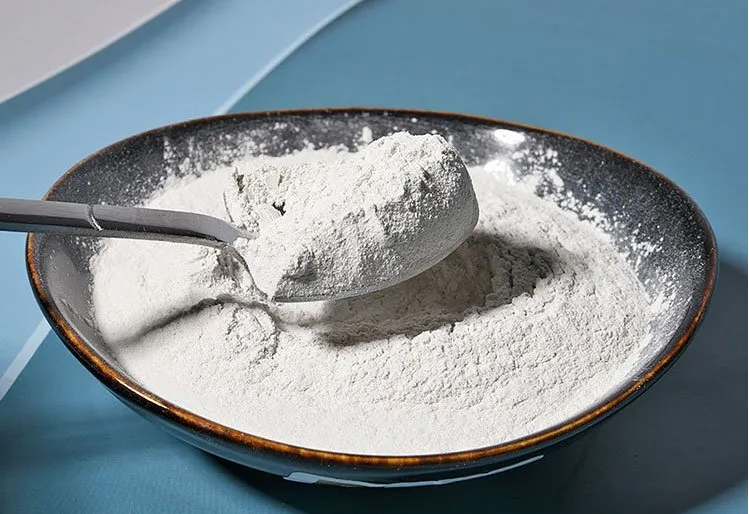
Optimize Your Plaster and Gypsum Projects with Effective Retarders and Accelerators
In the construction industry, managing the setting time of gypsum-based materials is crucial for efficiency, quality, and ease of application. Whether you're working with plaster, drywall, or gypsum boards, additives like gypsum retarder chemical, gypsum accelerator, and fire-resistant solutions play vital roles in delivering optimal results. This article explores how retarders and accelerators are used, their benefits, and common gypsum retarder applications in various industries.

Mastering Setting Control with Gypsum Retarder Chemical et Gypsum Accelerator
One of the main challenges when working with gypsum-based products is balancing setting time. If the material sets too quickly, it can lead to cracks, rough finishes, or wasted product. This is where a gypsum retarder chemical becomes essential. It slows down the setting process, providing contractors with more flexibility during application.
A popular choice among professionals is USG plaster retarder, known for its consistency and reliability. Similarly, extratime plaster retarder or extra time plaster additive are widely used to extend the workable time of plaster, especially in hot climates or large-scale jobs.
The role of a plastering retarder or gypsum plaster retarder is particularly important for tasks such as detailed moldings, ceiling decorations, and wide surface applications. It ensures that the plaster remains workable long enough to achieve smooth finishes without premature setting.
On the flip side, when faster setting is required—such as for small repairs, patching, or cold weather conditions—a gypsum accelerator is used. This additive speeds up the setting process, allowing for quicker turnaround times without compromising strength or finish quality.

Expanding Gypsum Retarder Applications and Fire Safety Solutions
The use of retarders isn't limited to plastering. Common gypsum retarder applications include:
Drywall and gypsum board manufacturing – To control setting during production.
Cement formulations – Where retarder in gypsum helps regulate cement hydration and hardening.
Artistic and decorative work – For intricate plaster designs requiring extended work time.
Large-area plastering – Using products like extratime plaster retarder to prevent rapid setting on hot days.
Repair and renovation – Providing flexibility during patchwork or touch-ups.
In addition to managing setting times, fire safety is a crucial concern in gypsum products. Gypsum board fire retardant additives are specially designed to enhance the fire resistance of gypsum boards. This makes them ideal for commercial buildings, residential spaces, and industrial applications where fire safety compliance is mandatory.
Fire retardants work by releasing water vapor when exposed to heat, slowing down the spread of flames. Combining gypsum plaster retarder with gypsum board fire retardant ensures that not only does the material perform well during application, but it also provides long-term fire protection.

Balancing Efficiency and Quality with Retarders and Accelerators
Whether extending the working time with a gypsum retarder chemical or speeding up the job with a gypsum accelerator, choosing the right additive significantly impacts both workflow and finished quality.
For plastering contractors, using a plastering retarder like USG plaster retarder guarantees enough time for precision work without rushing. In high-temperature environments or complex decorative tasks, an extra time plaster additive prevents issues like cracking or uneven surfaces.
On the other hand, cold-weather jobs or situations requiring fast turnover benefit from accelerators that ensure quick drying and set times. This flexibility allows contractors to adapt to various site conditions, improving productivity without sacrificing quality.
Additionally, integrating fire-resistant solutions like gypsum board fire retardant not only complies with safety standards but also enhances the overall value of the final construction.
FAQs About Gypsum Retarders, Accelerators, and Fire Retardants
Q1: What is a gypsum retarder chemical, and why is it important?
A1: It’s an additive used to delay the setting time of gypsum-based materials, providing more time for mixing, spreading, and finishing.
Q2: When should I use a gypsum accelerator instead of a retarder?
A2: Use a gypsum accelerator when you need the plaster or gypsum to set quickly, such as in patching, repairs, or cold weather conditions.
Q3: What’s the function of a plastering retarder like extratime plaster retarder?
A3: It extends the working time of plaster, preventing it from hardening too quickly, especially useful for large projects or high-temperature environments.
Q4: How does gypsum board fire retardant work?
A4: It improves the fire resistance of gypsum boards by releasing moisture as vapor when exposed to high heat, helping to slow down flame spread.
Q5: What are typical gypsum retarder applications?
A5: Applications include drywall production, decorative plastering, large-area wall and ceiling plastering, cement blending, and improving fire resistance in gypsum boards.
-
Hydroxypropyl Starch as a Sustainable Construction AdditiveNewsNov.24,2025
-
The Gelation Properties of CMCNewsNov.21,2025
-
Redispersible Latex Powder and Water Retention CapacityNewsNov.21,2025
-
Dosage Control for Polycarboxylate Water ReducerNewsNov.21,2025
-
Film-Forming Properties of Polyvinyl AlcoholNewsNov.21,2025
-
The Function of Gypsum Additives in MortarNewsNov.21,2025





















